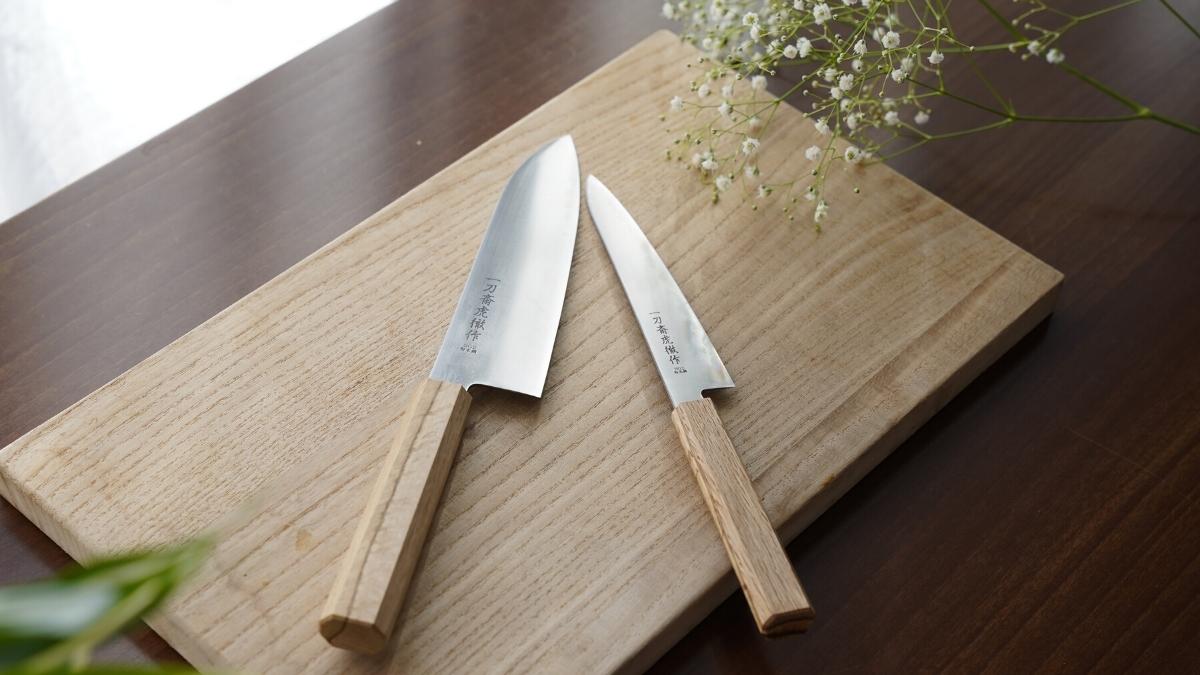Description

This sharp and long single-edged knife is carefully handcrafted by Sakai forged knives artisans.
The blade is made of white No. 2 carbon steel which has long-lasting sharpness and easy-sharpening features while the handle is made of water-resistant magnolia wood.
Ideal for slicing raw fish for sashimi, this razor-sharp knife will bring you the best cutting experience ever.
Information
| Manufacturer | TAKAHASHI KUSU |
|---|---|
| Country of origin | Osaka, Japan |
| Technique | Sakai Forged Blades |
| Material | Steel: Yasuki-hagane, White steel No.2, Handle: Magnolia |
| Size | Blade length: 11.41" (29cm) |
| Weight | 0.69 lbs(315g) |
| Capacity | 0 oz(0ml) |
| Electronic Equipment | Dishwasher : X (The blade rusts easily, so wipe off the water well after use. Apply cooking oil if it will not be used for a while. |
| Note | Can be used as is without Honba-zuke. Because the blade is attached to the handle at high temperature, the upper surface of the handle may burn or crack, and black liquid may seep into the upper part of the handle. The name on the knife can be up to four characters in Chinese characters and katakana (either the family name or the first name).No returns will be accepted. As a rule, hiragana and languages other than Japanese are not accepted. Hiragana is available, but we cannot guarantee the quality. Please confirm the contents of the confirmation.Click here for confirmation. |
| Delivery Time | 1-2 weeks (if out of stock + 2-3 weeks) |



















